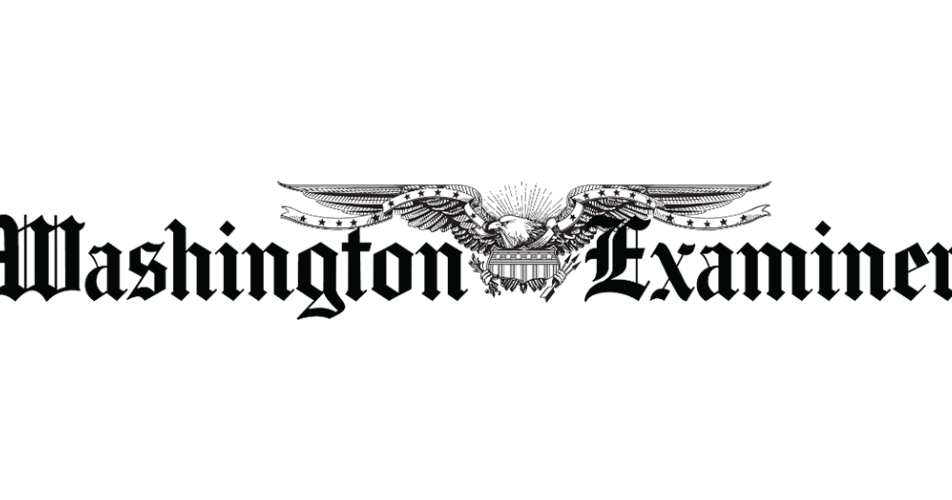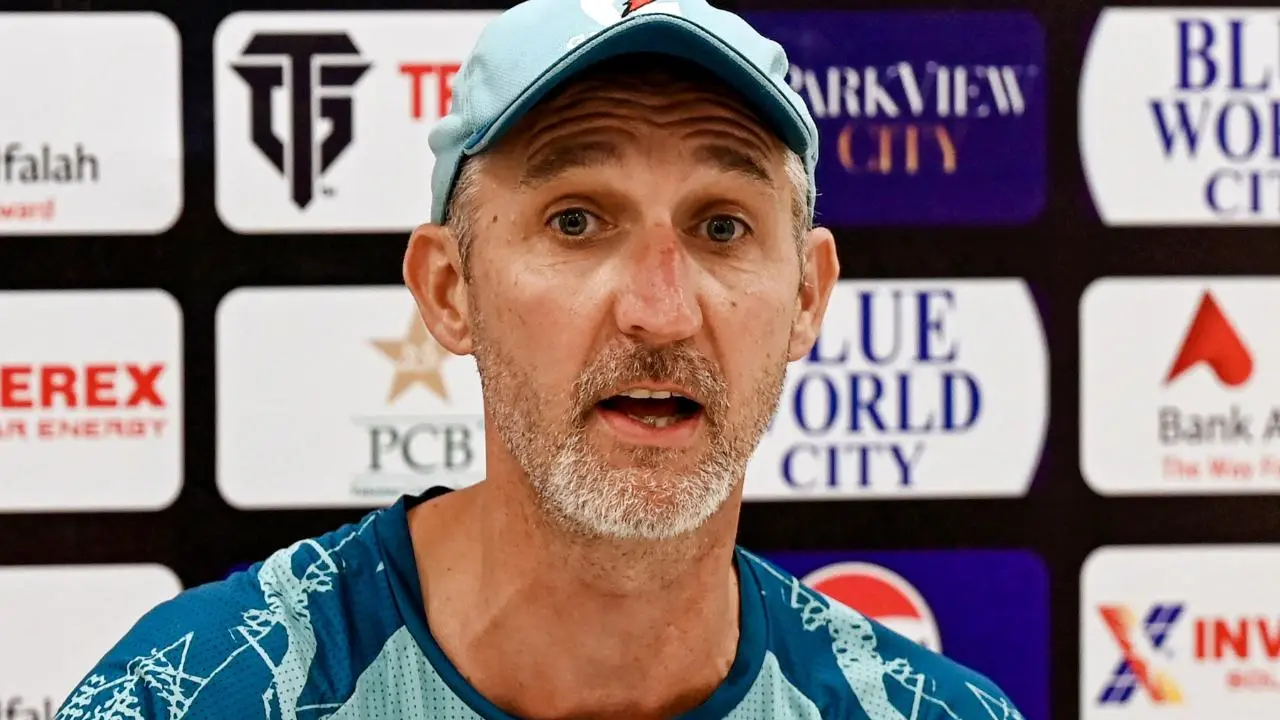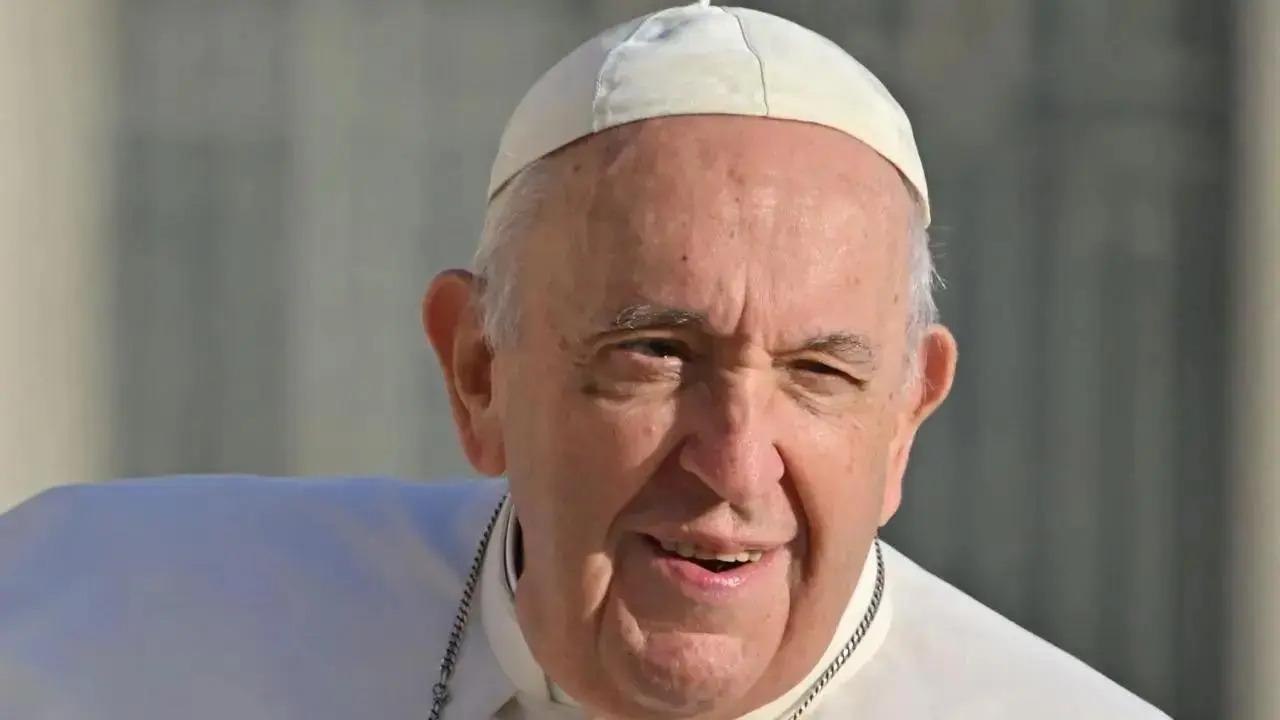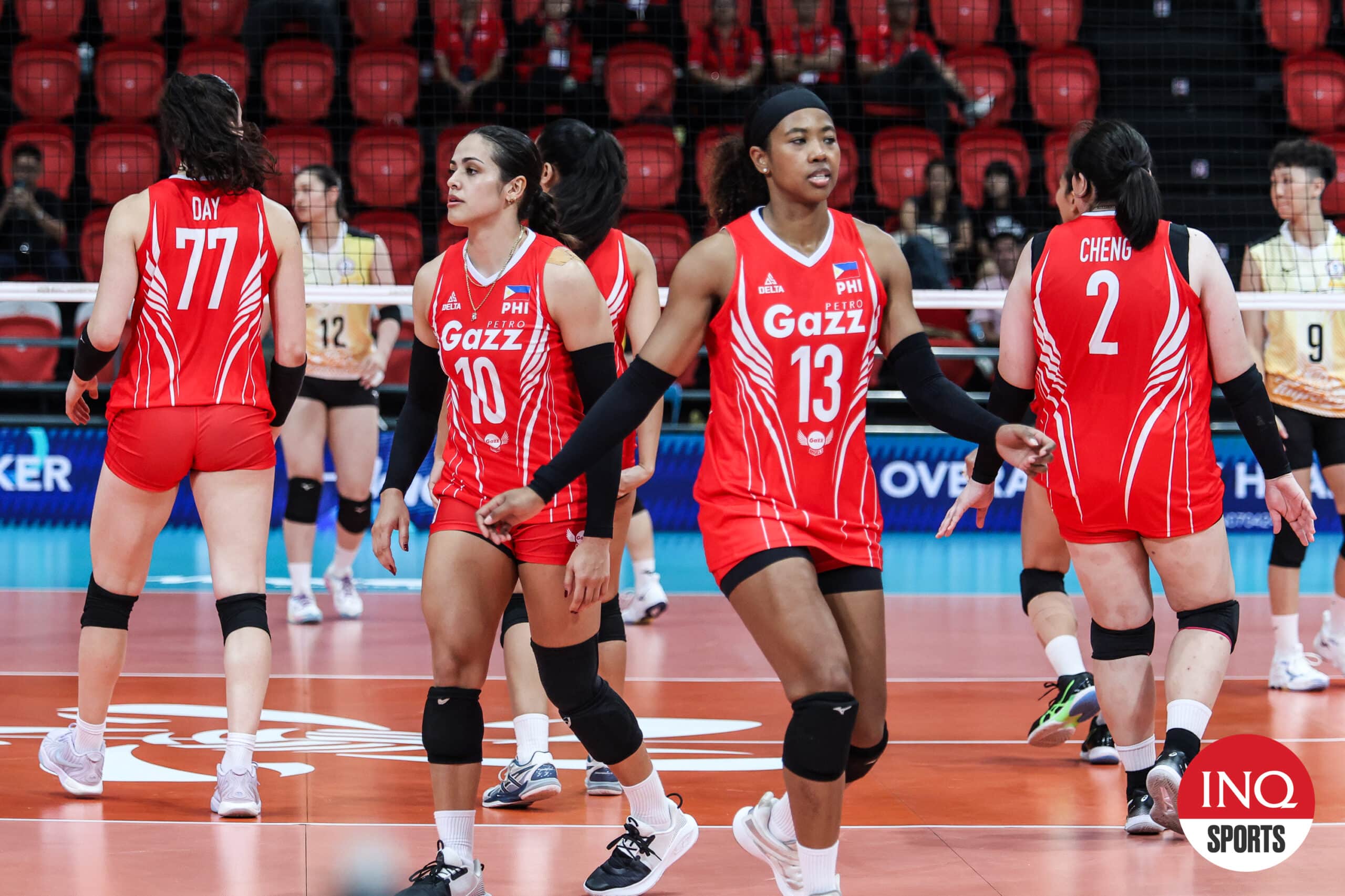The Supreme Court on Wednesday temporarily reversed a lower court's decisions to block President Donald Trump from firing two members of independent boards, marking the latest move in a case that has raised fundamental questions about presidential power. Chief Justice John Roberts issued the temporary pause on the lower court's orders minutes after the Trump administration asked the high court to intervene in the case. Roberts asked for a response from the pair of fired employees, Gwynne Wilcox and Cathy Harris, by April 15.
Solicitor General John Sauer had argued in his emergency request to the Supreme Court that presidents have the power to fire members of the National Labor Relations Board and Merit Systems Protection Board even though Congress passed into law limitations on that authority. Sauer said the case, stemming from lawsuits brought by NLRB member Wilcox and MSPB member Harris, raised "profound" questions, alluding to Trump's mission to erase the autonomy of independent agencies in the executive branch. "This case raises a constitutional question of profound importance: whether the President can supervise and control agency heads who exercise vast executive power on the President’s behalf, or whether Congress may insulate those agency heads from presidential control by preventing the President from removing them at will," Sauer wrote.

Trump fired Wilcox and Harris after he took office without citing any specific causes. The pair brought lawsuits challenging their terminations, and the district court in Washington responded by ruling that their firings were unlawful and reinstating their positions. A three-judge panel at the appellate court stepped in and briefly reversed course by permitting their terminations, but the full court later tossed out that decision and once again reinstated Wilcox and Harris to their jobs.
Now, with Roberts's administrative stay, the pair's firings are permissible, for now. Wilcox and Harris were appointed by former President Joe Biden and served as heads of their respective boards before they were abruptly fired by Trump. Wilcox was serving out a five-year term and Harris a seven-year term, limits established to shield the boards from the political whims of changing administrations.
Their terminations caused the boards to lack quorums, dramatically reducing their decision-making abilities. WHAT IS THE 90-YEAR-OLD PRECEDENT TRUMP WANTS OVERTURNED? Both boards wield substantial authority, and Sauer argued that if they operated independently, they would infringe on Trump's power. The NLRB's and MSPB's responsibilities include enforcing federal labor laws and vetting federal workplace complaints.
Trump has fired a slew of independent agency workers and watchdogs since taking office, triggering numerous lawsuits about the legality of the terminations. Wilcox's and Harris's are currently on track to become the first to be vetted by the Supreme Court. Trump's wave of firings signal that he is angling for the high court to review the precedent it set 90 years ago in Humphrey’s Executor vs.
United States. The case restricted the president’s ability to fire officials of independent agencies without cause..
Sports

Supreme Court temporarily allows firings of two independent agency appointees

The Supreme Court on Wednesday temporarily reversed a lower court’s decisions to block President Donald Trump from firing two members of independent boards, marking the latest move in a case that has raised fundamental questions about presidential power. Chief Justice...















